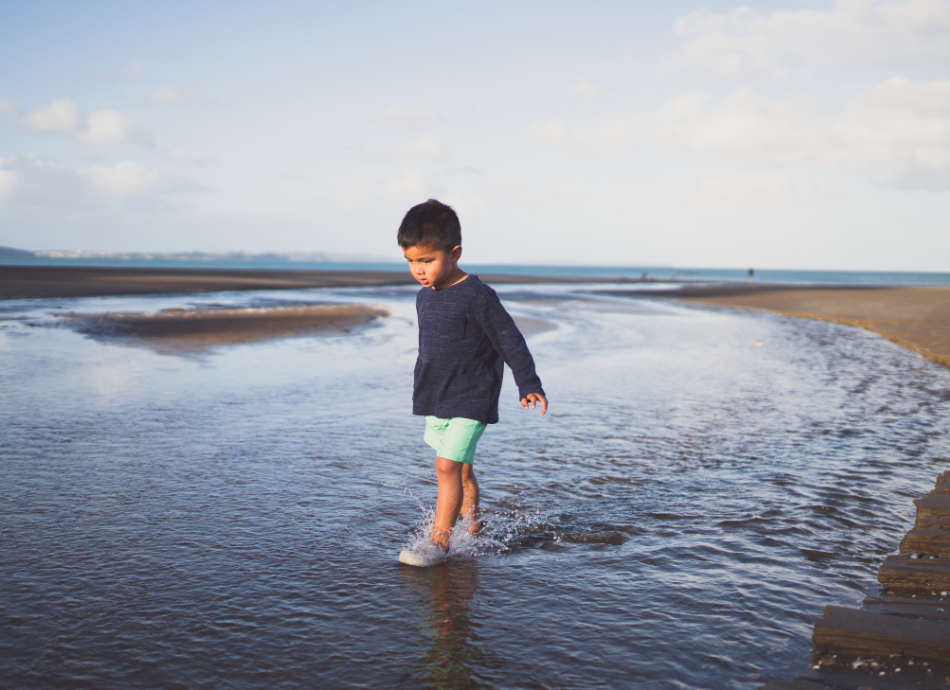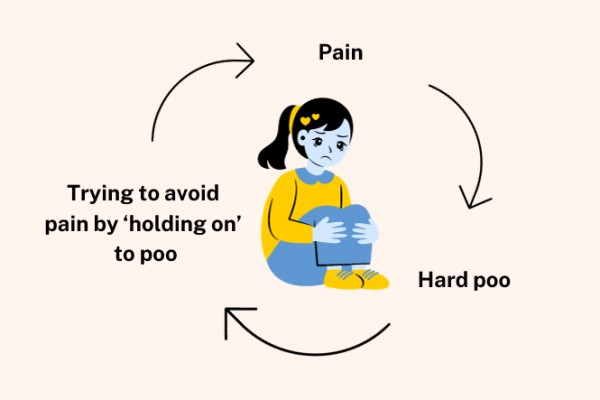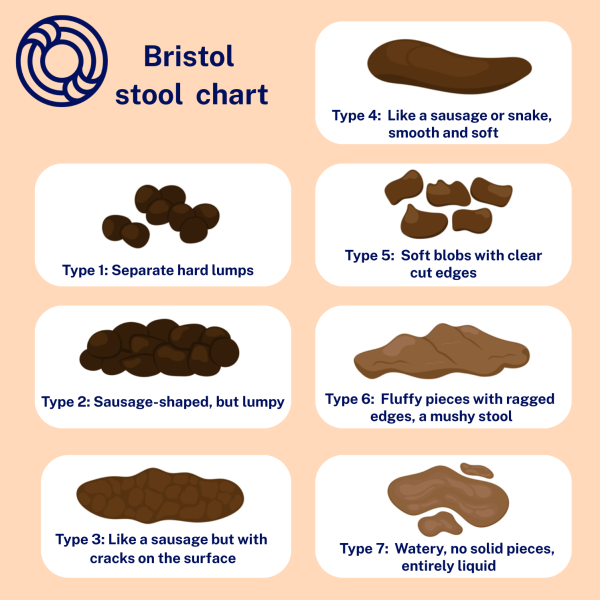Constipation in children | Mate tūtae kore
Key points about constipation in children
- Constipation is when your child has firm, hard or painful poo.
- It's a common cause of tummy pain in tamariki (children).
- Constipation can often get worse the longer it goes on.
- Drinking water, eating lots of fruit and veges and regular activity all help.
- Regularly sitting on the toilet in the morning is also helpful.
- Some children need laxatives for several months to help their constipation.
- Most tamariki with constipation get better with things you can do at home.
- The content on this page comes from KidsHealth(external link).

Constipation is when your child has firm, hard or painful poo. It's a common cause of tummy pain in tamariki (children).
If your child of any age has firm, hard or painful poo, they're likely to have constipation. Some tamariki who poo less than every 3 days may also have constipation.
What is normal poo?
Breastfed babies
Some healthy breastfed pēpi poo several times a day and others may only poo once every 10 days. The poo of breastfed pēpi is mustard yellow, soft and can look like it has seeds in it.
Formula-fed babies and older children
Most formula-fed pēpi and older tamariki poo every day or every second day. Poo should mostly be like a soft log, like type 4 in the diagram below.
Image credit: Healthify He Puna Wairoa adapted from Depositphotos
There are many causes of constipation. Sometimes it's more than one thing.
Causes include:
- not eating enough fruit and veges
- not drinking enough water
- not being active
- weaning from breastmilk to formula or starting solids
- having a naturally slower moving gut.
Toileting habits are important. Tamariki can get constipation if they:
- don't sit on the toilet regularly
- ignore the urge to do a poo
- don't let all the poo come out when going to the toilet
- avoid pooing because it's painful or scary.
If your child of any age has firm, hard or painful poo, they are likely to have constipation. Some tamariki who poo less than every 3 days may also have constipation.
Signs and symptoms of constipation
Signs of constipation in tamariki include:
- small hard lumps of poo (like type 1 on the poo chart above)
- firm, hard poo (like type 2 on the poo chart above)
- poo that is large and hard to pass
- not pooing for 3 or more days
- pain or crying when pooing
- bright red blood on the toilet paper after wiping
- tummy pain that comes and goes
- poo stains ('skid marks') in underwear
- liquid poo (soiling) that leaks out in between harder poo
- poo accidents
- feeling sick or not eating as much.
Children with constipation are also more likely to:
- have urinary tract infections (UTIs)
- wet themselves
- wet the bed.
When your child feels the urge to poo, they may hold on to the poo to avoid pain. This makes the poo harder, larger and even more painful to pass. Your child can become even more scared to poo. This creates a cycle of worsening constipation.

Image credit: Healthify He Puna Waiora
The key to stopping this cycle is making the poo soft again. Find out what you can do to make your child's poo softer and easier to pass.
Constipation that continues for a long time can cause an overloaded and stretched bowel. Tamariki may then lose the urge to poo. This can lead to soiling accidents. Read more about soiling.
Call Healthline on 0800 611 116 or see your healthcare provider if:
- your child has tummy pain
- the constipation is getting worse
- your child finds toileting very upsetting
- your child is having poo accidents.
You may need to see your healthcare provider again if the constipation doesn’t get better.
Find out how constipation in children is treated.
Constipation in children(external link) KidsHealth, NZ
Continence information for children(external link) Continence NZ
Constipation(external link) ERIC Education and Resources for Improving Childhood Continence), UK
Apps
References
- Tabbers MM, DiLorenzo C, Berger MY, et al. Evaluation and treatment of functional constipation in infants and children – evidence-based recommendations from ESPGHAN and NASPGHAN(external link). JPGN 2014;58(2):258-274
- Clinical practice guideline – constipation (external link)Royal Children's Hospital, Melbourne, Australia, 2020
- Constipation in children and young people (external link)National Institute for Health and Clinical Excellence, UK, 2010 (updated 2017)
Clinical pathways and guidelines
Constipation(external link) Starship Clinical Guidelines, NZ, 2012
Constipation(external link) BPAC, NZ, 2007
Continuing professional development
Podcast
Constipation in children(external link) Goodfellow Podcast, NZ, 2020
In this podcast, Dr Rebecca Hayman reviews the optimal management of childhood constipation. She discusses pathophysiology, the important clues that can be gained from a comprehensive history and thorough examination, and finally the management including dis-impaction, and why long term maintenance treatment is so important.
Resources
Brochures

NZ Formulary for Children, 2014

For children and parents
Credits: Content shared between HealthInfo Canterbury, KidsHealth and Healthify He Puna Waiora as part of a National Health Content Hub Collaborative.
Last reviewed:






